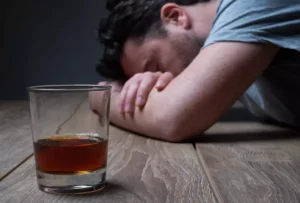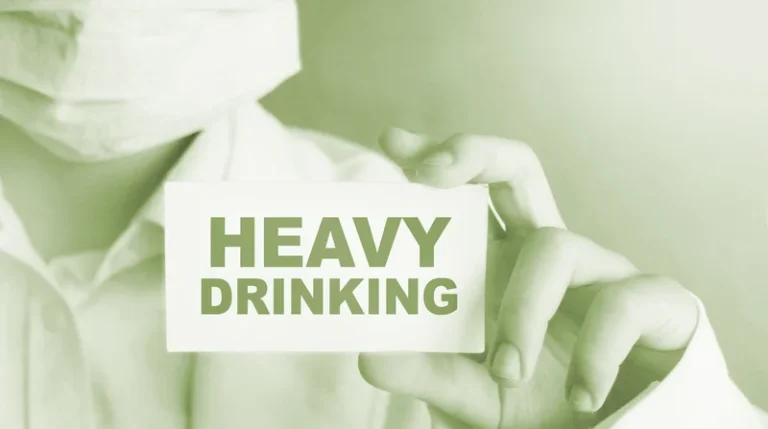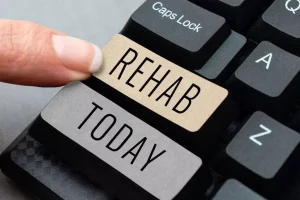Chronic heavy drinking can cause alcoholic hepatitis, which is the inflammation of your liver. One common sign of alcoholic hepatitis is jaundice, where the skin and whites of your eyes look yellowish. “People tend to think, ‘If what I’m drinking doesn’t hit me that hard, it’s probably not a problem,’” Dr. Schneekloth says — but this doesn’t account for increasing tolerance.
Reduce the risk of cancer
Ulcers can cause dangerous internal bleeding, which can sometimes be fatal without prompt diagnosis and treatment. Alcohol use can also lead to more lasting concerns that extend beyond your own mood and health.
Moderate Drinking and Alcohol Use Disorder
There’s some research that suggests red wine might be the best choice for people who want to drink occasionally. In fact, Pabla says, some small studies have found that 1 to 3 grams of red wine per week might improve inflammation in the gut. In contrast, another study found that people who drank beer “had significantly worse endoscopic disease,” he says. Many people with alcohol use disorder hesitate to get treatment because they don’t recognize that they have a problem. An intervention from loved ones can help some people recognize and accept that they need professional help. If you’re concerned about someone who drinks too much, ask a professional experienced in alcohol treatment for advice on how to approach that person.
Stomach issues
The National Institute on Alcohol Abuse and Alcoholism states that alcohol can affect your brain’s communication pathway and even affects your brain’s ability to process information. If you’re looking to reduce how much you drink, consider swapping in some of the popular alternatives to alcohol and speak to your doctor if you have concerns about how much you’re drinking. Treatment focuses on minimizing additional liver damage while addressing any complications that arise. But once you fall into slumber, it can wake you up repeatedly in the night. Plus, it disrupts the important REM stage of sleep and may interfere with your breathing. Try skipping alcohol, especially in the late afternoon and evening, for more restful shut-eye.
Exceeding weekly alcohol recommendations linked to short chromosomes
Ways that your standard hangover cures won’t even begin to touch. Like a clog in a drain, those thickened fluids can jam up your ducts. That can lead to pancreatitis, which is inflammation of the pancreas. That allows excess calories from the foods you eat to https://sober-home.org/drug-overdose-death-rates-national-institute-on/ sit around, leading to weight gain. That’s because your body already has processes in place that allow it to store excess proteins, carbohydrates and fats. So, your system prioritizes getting rid of alcohol before it can turn its attention to its other work.
Short-term effects of alcohol
Alcohol-related liver disease actually encompasses three different liver conditions. Alcohol plays a role in at least half of all serious trauma injuries https://rehabliving.net/mdma-abuse-the-withdrawal-and-detox-timeline/ and deaths from burns, drownings, and homicides. It’s also involved in four out of 10 fatal falls and traffic crashes, as well as suicides.
And prolonged alcohol use can lead to mental health conditions like anxiety and depression. Chronic misuse can also lead to paranoia and hallucinations. If you drink every day, or almost every day, you might notice https://sober-house.org/benzo-withdrawal-timeline-and-symptoms/ that you catch colds, flu or other illnesses more frequently than people who don’t drink. That’s because alcohol can weaken your immune system, slow healing and make your body more susceptible to infection.
If you are drinking in excess, it’s better to cut your alcohol intake,” said Dasgupta. Cutting out alcohol for 30 days can have benefits for those who drink more than the recommended limit of two drinks a day for men and one drink a day for women. Research shows that drinking large amounts of alcohol before bedtime leads to decreased sleep onset and disrupted, poor quality sleep later in the night.
Your heart can’t pump blood as well, and that impacts every part of your body. Over time, heavy drinking makes the organ fatty and lets thicker, fibrous tissue build up. That limits blood flow, so liver cells don’t get what they need to survive. As they die off, the liver gets scars and stops working as well, a disease called cirrhosis. From a glass of wine with dinner to a night out with friends or a celebratory toast, alcohol consumption is deeply ingrained in many social practices and cultural traditions worldwide.
- Some people even have seizures or see things that aren’t there (hallucinations).
- And some people just naturally have a higher baseline tolerance than others.
- The National Institute on Alcohol Abuse and Alcoholism (NIAAA) has information on how alcohol impacts your health.
- Cirrhosis of the liver (severe scarring of the liver) can occur over time in those who drink excessively.
Alcohol consumption is one of the leading causes of liver damage. When liver damage has happened due to alcohol, it’s called alcohol-related liver disease. If you are uncomfortable with how much you drink or are worried about your drinking habits, consider talking to your doctor or an addiction specialist. Drinking problems tend to grow worse over time and can have consequences on all aspects of your life beyond just your health. Her inflammatory bowel disease (IBD) had been in remission for two months, and she felt like her life had gone back to normal.
Giving up drinking may let you focus on your relationships, work, and health. It also may ease any depression and anxiety and elevate your self-esteem. Alcohol can have a number of short-term effects on both the brain and body, affecting how a person behaves, their ability to focus, and coordination. Drinking alcohol can also increase the risk of dangerous behaviors such as drinking and driving. Genetic, psychological, social and environmental factors can impact how drinking alcohol affects your body and behavior. Theories suggest that for certain people drinking has a different and stronger impact that can lead to alcohol use disorder.











